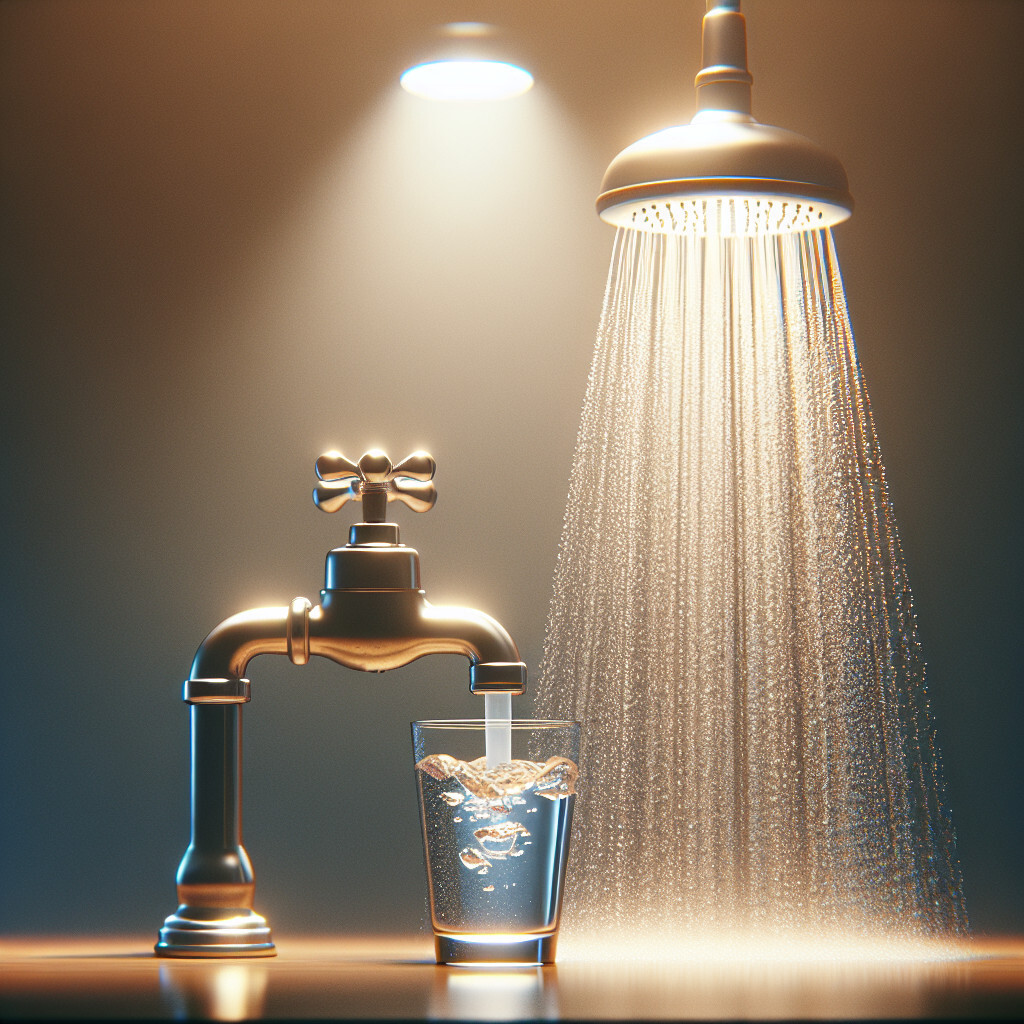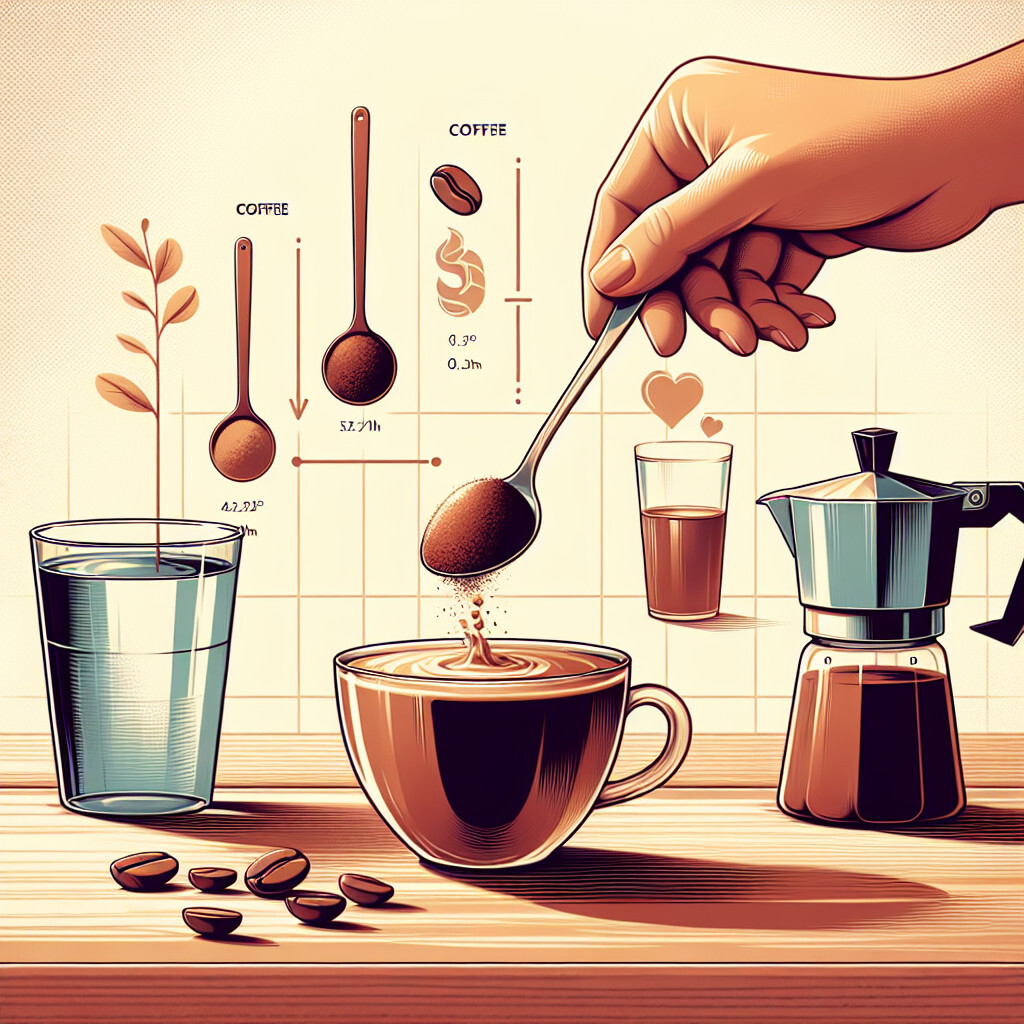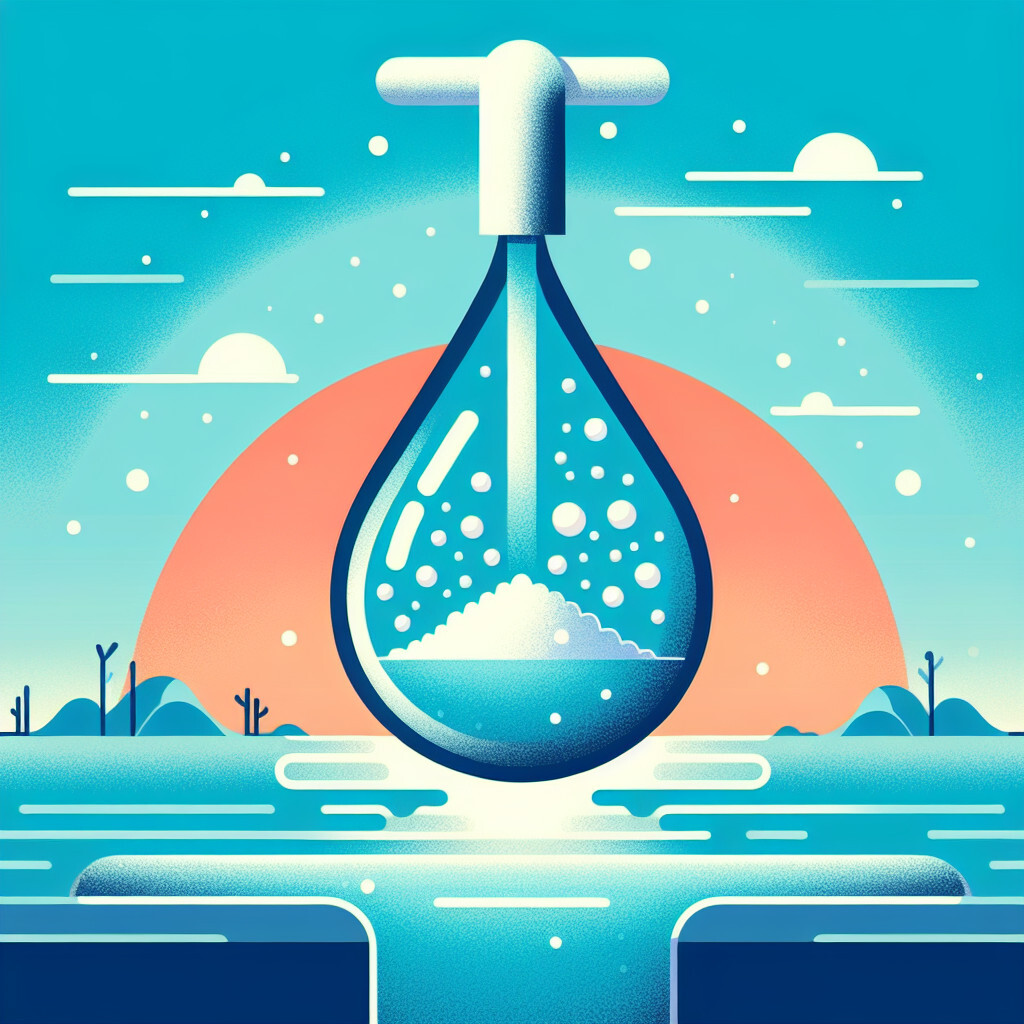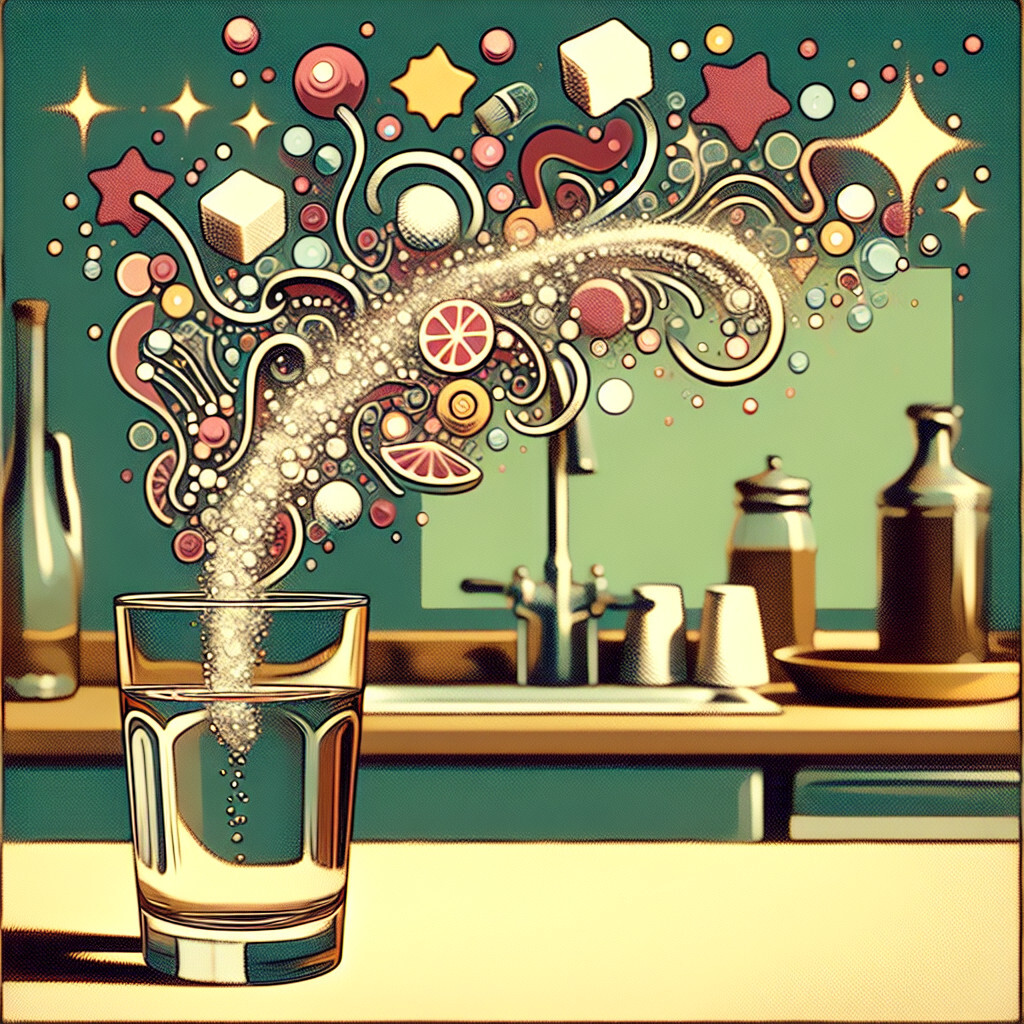-
Table of Contents
“Tap Water vs Shower Water: Same Source, Different Journey!”
Introduction

Tap water and shower water essentially come from the same source in most households, typically a municipal water supply or a private well. However, they may differ in terms of their exposure to different plumbing materials, water treatment devices, or heating mechanisms, which can alter their quality and safety for consumption. For instance, shower water is often heated and may have passed through different pipes or filters compared to tap water. Therefore, while they originate from the same source, the journey they take to reach their respective outlets can result in some differences between tap water and shower water.
Understanding the Differences between Tap Water and Shower Water
Understanding the differences between tap water and shower water is a topic that often raises curiosity. Many people wonder if the water that flows from their taps is the same as the water that sprays from their showers. The answer to this question is both yes and no. While both types of water originate from the same source, they can differ in terms of temperature, treatment, and exposure to different materials and substances.
Firstly, the most noticeable difference between tap water and shower water is the temperature. Tap water can be adjusted to either cold or hot, depending on the user’s preference. On the other hand, shower water is typically warm or hot, as it is primarily used for bathing. The temperature of the water can affect its quality and properties. For instance, hot water tends to contain more dissolved minerals than cold water. This is because heat increases the solubility of minerals, allowing more of them to dissolve in the water.
Secondly, tap water and shower water may undergo different treatment processes. Tap water is treated extensively to ensure it is safe for drinking. This involves processes such as filtration, disinfection, and sometimes even additional treatments like fluoridation. Shower water, however, does not necessarily need to meet the same stringent standards, as it is not intended for consumption. Therefore, it may not undergo the same level of treatment as tap water. However, it’s important to note that in most homes, the water that comes out of the shower is the same as the tap water, as they come from the same supply.
Thirdly, tap water and shower water can be exposed to different materials and substances, which can alter their composition. For example, tap water travels through pipes and faucets made of various materials, such as copper, lead, or plastic. These materials can leach into the water, affecting its taste, smell, and safety. Shower water, on the other hand, often comes into contact with showerheads and hoses made of different materials, such as stainless steel or plastic. These materials can also leach into the water, potentially altering its properties.
Moreover, shower water is often exposed to substances like soap, shampoo, and conditioner. These substances can mix with the water, changing its composition. While these changes are usually not harmful, they can affect the water’s quality and suitability for other uses.
In conclusion, while tap water and shower water come from the same source, they can differ in several ways. These differences are primarily due to variations in temperature, treatment processes, and exposure to different materials and substances. However, it’s important to remember that both types of water are subject to regulations and standards to ensure their safety. Therefore, whether you’re turning on the tap or stepping into the shower, you can generally trust that the water you’re using is safe and suitable for its intended purpose.
Is Shower Water the Same as Tap Water? A Comprehensive Analysis
Is Shower Water the Same as Tap Water? A Comprehensive Analysis
Water is a fundamental necessity for life, and in most developed countries, it is readily available at the turn of a tap. However, have you ever wondered if the water that gushes out of your showerhead is the same as the water that fills your glass from the kitchen tap? This question may seem trivial, but it is a topic that has sparked curiosity and debate.
In essence, both shower water and tap water originate from the same source. Whether it’s a well, a municipal water supply, or a private water company, the water that flows into your home is typically the same. However, the journey that the water takes once it enters your home can significantly alter its composition and quality, leading to potential differences between shower water and tap water.
The primary factor that can cause a divergence in the quality of shower and tap water is the plumbing system. The pipes that transport water throughout your home can be made from various materials, including copper, PVC, or even lead in older homes. Over time, these pipes can corrode, leading to the leaching of metals into the water. If the water in your shower travels through different pipes than the water in your kitchen tap, it could potentially contain different levels of these contaminants.
Another factor that can influence the quality of shower and tap water is the presence of water treatment devices. Many households have water softeners or filters installed on specific taps to improve the taste, smell, or safety of their drinking water. These devices can significantly alter the composition of the water, removing certain minerals or contaminants. If a water treatment device is installed on your kitchen tap but not on your shower, the water from these two sources will indeed be different.
Temperature also plays a crucial role in the difference between shower and tap water. Hot water can cause more minerals to dissolve from the pipes, leading to higher levels of certain contaminants. Therefore, if you typically use hot water in your shower and cold water from your tap, you may be exposed to different levels of contaminants.
Lastly, the duration and frequency of water flow can also affect water quality. Water that sits in pipes for extended periods can accumulate more contaminants. Therefore, if you use your shower less frequently than your kitchen tap, the water may contain higher levels of contaminants.
In conclusion, while shower water and tap water may originate from the same source, various factors can lead to differences in their quality and composition. These factors include the material and condition of the plumbing system, the presence of water treatment devices, the temperature of the water, and the duration and frequency of water flow. Therefore, it is essential to regularly test the water from different sources in your home to ensure its safety and quality. While the differences between shower and tap water may be minimal in most cases, understanding these potential variations can help you make informed decisions about your water use and treatment options.
The Science Behind Tap Water vs Shower Water: What You Need to Know
Water is a fundamental necessity for life, and in most developed countries, it is readily available at the turn of a tap or the twist of a shower knob. However, many people often wonder if there is a difference between tap water and shower water. The answer to this question is both yes and no, depending on various factors such as the source of the water, the treatment process it undergoes, and the plumbing system of the building.
Firstly, it is essential to understand that both tap water and shower water typically originate from the same source. This could be a local reservoir, a well, or a municipal water supply. The water is then treated to remove impurities and harmful substances, making it safe for human consumption and use. This process usually involves filtration, sedimentation, and disinfection with chemicals such as chlorine or chloramines. Therefore, in terms of their source and initial treatment, tap water and shower water are essentially the same.
However, the journey of water from the treatment plant to your home can introduce some differences. The water travels through a network of pipes, which can vary in material, age, and condition. Older pipes made of lead or iron can potentially leach harmful substances into the water, affecting its quality. Moreover, the water can pick up harmless but noticeable elements like minerals or sediment along the way, which can alter its taste, smell, or appearance. Therefore, the quality of tap water and shower water can differ depending on the plumbing system of the building.
Another factor that can create a difference between tap water and shower water is the temperature. Hot water, as used in showers, can dissolve and carry away more substances from the pipes than cold water. This means that shower water may contain higher levels of certain substances, such as copper or lead, than tap water. Additionally, the heat in shower water can cause a reaction with disinfectants like chlorine, creating byproducts that can be inhaled or absorbed through the skin. Therefore, while the water itself may be the same, the temperature can affect its composition and potential health effects.
Lastly, the fixtures used for taps and showers can also influence the water. Showerheads, for instance, often have built-in aerators that mix air with the water to create a more even flow. This can introduce more oxygen into the water, which can react with certain substances and change the water’s properties. On the other hand, taps may have filters or treatment devices installed, which can further purify the water and improve its taste or smell.
In conclusion, while tap water and shower water generally come from the same source and undergo the same initial treatment, various factors can introduce differences between them. These include the plumbing system, the temperature of the water, and the fixtures used. Therefore, it is crucial to maintain your plumbing system and fixtures in good condition and consider additional treatment options if necessary. By understanding the science behind tap water and shower water, you can ensure that the water you use every day is as safe and healthy as possible.
Exploring the Quality: Tap Water Versus Shower Water
Water is a fundamental necessity for life, and its quality significantly impacts our health and well-being. In our homes, we primarily interact with water through two sources: the tap and the shower. While it may seem that the water from these two sources is identical, there are subtle differences that can affect its quality and suitability for different uses. This article aims to explore the quality of tap water versus shower water, shedding light on their similarities and differences.
Tap water, also known as drinking water, is treated and monitored to meet stringent health standards. It undergoes a rigorous purification process that includes filtration, coagulation, sedimentation, and disinfection to remove harmful contaminants such as bacteria, viruses, algae, fungi, minerals, and man-made pollutants. The goal is to make it safe for consumption and everyday use. In many developed countries, tap water is often fluoridated to help prevent tooth decay. It is also tested regularly for a range of chemical and biological contaminants to ensure it meets the safety standards set by health authorities.
On the other hand, shower water is essentially the same water that comes out of your tap, but it interacts with different elements that can alter its quality. When water is heated for a shower, it can dissolve and carry away more impurities from the pipes it travels through. This means that hot shower water may contain higher levels of certain contaminants than cold tap water. Additionally, showerheads can harbor bacteria and fungi, which can multiply in the warm, moist environment and be released into the water.
Another significant difference between tap water and shower water is the exposure to air. When water flows from the showerhead, it is aerated, meaning it mixes with air and breaks into tiny droplets. This process can cause some of the chlorine (used in water treatment to kill bacteria and other microbes) to evaporate, reducing its concentration in shower water compared to tap water. While this may make shower water less effective at killing germs, it can also make it less irritating to the skin and eyes.
Furthermore, the quality of both tap and shower water can be influenced by the condition of the plumbing system. Old, corroded pipes can leach lead and other harmful substances into the water. Similarly, the type of showerhead used can affect water quality. Some showerheads have built-in filters to reduce chlorine and other contaminants, while others may contribute to the buildup of mineral deposits or biofilm.
In conclusion, while tap water and shower water originate from the same source and undergo similar treatment processes, their quality can differ due to factors such as temperature, exposure to air, and interaction with plumbing and showerhead materials. It is important to maintain a clean and efficient plumbing system and to consider using showerheads with built-in filters to ensure the best water quality. Regular testing of tap water can also provide peace of mind about its safety for drinking and cooking. Despite the differences, both tap and shower water are generally safe for their intended uses, thanks to rigorous water treatment and monitoring practices.
Q&A
1. Question: Is tap water and shower water sourced from the same place?
Answer: Yes, both tap water and shower water typically come from the same source, which is usually a municipal water supply.
2. Question: Are there any differences in the treatment process of tap water and shower water?
Answer: No, there are no differences in the treatment process. Both types of water go through the same purification and treatment process before reaching your home.
3. Question: Can the quality of tap water and shower water differ?
Answer: Yes, the quality can differ due to the plumbing system in your home. If the pipes are old or corroded, it can affect the quality of the water.
4. Question: Is it safe to drink shower water like tap water?
Answer: Generally, it is safe to drink shower water as it comes from the same source as tap water. However, it’s important to note that the showerhead can harbor bacteria, which could potentially contaminate the water.
Conclusion
In conclusion, tap water and shower water are essentially the same as they both come from the same source in most households. The difference may lie in the fact that shower water often passes through a shower head which may have a filter that can slightly alter the water’s composition. However, the fundamental nature of the water remains the same.





